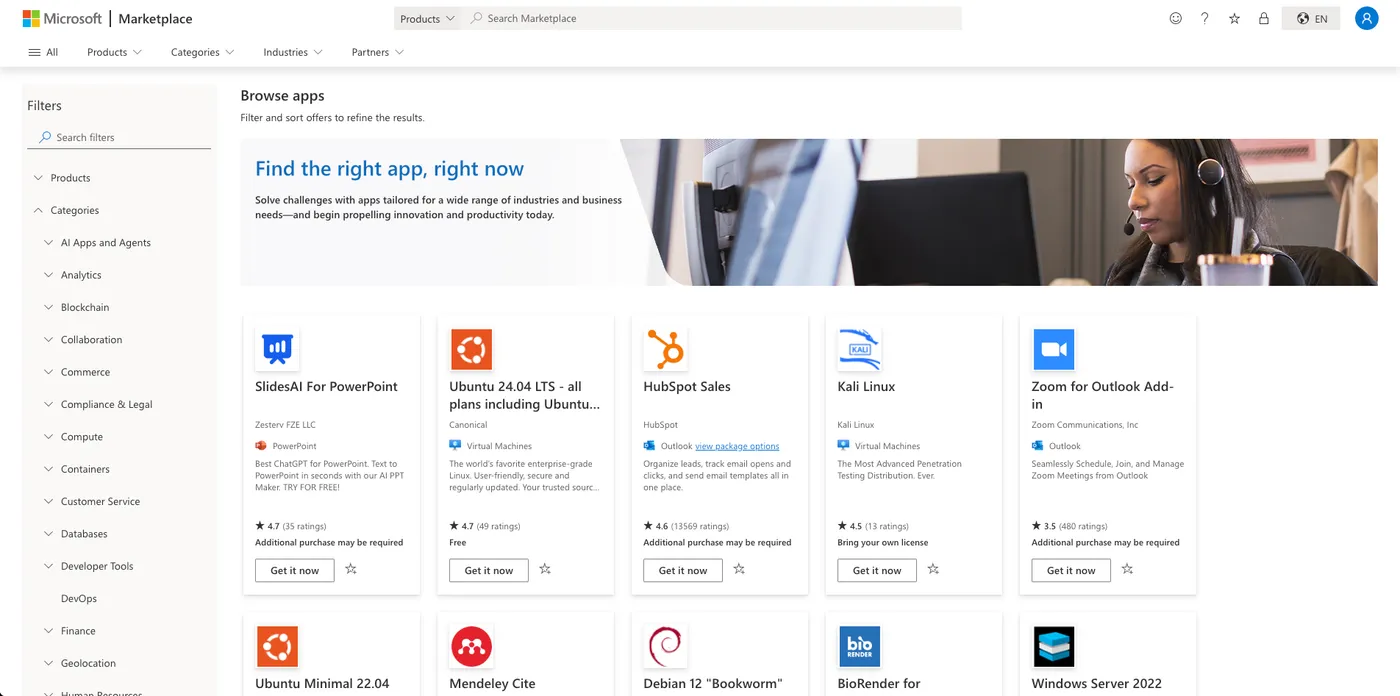How Monetization Works in Microsoft SaaS Apps:
Understanding Microsoft AppSource SaaS Licensing
Building a SaaS product inside the Microsoft 365 ecosystem is about more than just technical integration—it’s about aligning with Microsoft’s commercial model to make your solution accessible, scalable, and financially sustainable. That’s where Microsoft AppSource SaaS Licensing comes into play.
At Zeit365, we’ve built our entire licensing and billing logic on this foundation. Here’s how it works—and why it matters.
The Core Principle: Subscription-Based, Managed by Microsoft
When a customer subscribes to a SaaS app through Microsoft AppSource, the transaction is handled directly through Microsoft’s Commerce Platform. This means customers can purchase, manage, and cancel subscriptions using their existing Microsoft agreements—no separate vendor account, no manual billing.
For SaaS publishers like us, Microsoft provides the SaaS Fulfillment APIs, which automatically synchronize the customer’s subscription state between Microsoft’s system and our application. When a new subscription is activated, extended, or canceled, our backend receives a secure webhook notification and updates the tenant’s status accordingly. (When it all works, it’s pure magic.✨)
AppSource Listing

Benefit: A seamless experience for both sides—customers enjoy trusted Microsoft billing, while developers maintain accurate and automated license control. ✅
Flexible Licensing Models for Every Scenario
Microsoft AppSource supports multiple monetization models, so you can pick the one that best fits your app’s value proposition.
- Per User: The classic model. Pricing scales with the number of licensed users in a tenant. Simple and fair.
- Per Tenant: A flat subscription rate for the whole organization. Great for ‘all-hands-on-deck’ type tools like ours.
- Usage-Based: For when you want to pay for exactly what you use. (This one requires a bit more engineering love to set up metering.)
This flexibility allows SaaS vendors to tailor their pricing to the way their product delivers value. Zeit365, for example, uses a per-tenant license model—a structure that reflects our collaborative focus while keeping administrative overhead minimal.
Benefit: Predictable revenue for developers and transparent cost structures for customers. 📈
Secure and Transparent Subscription Flow
Every SaaS offer in AppSource passes through Microsoft’s commercial marketplace validation before publication. Licenses are linked directly to a verified Microsoft Entra ID tenant, ensuring clear ownership and preventing misuse.
From a customer’s perspective, the entire process—from trial activation to renewal—is managed in one place: the Microsoft 365 Admin Center. (A place IT admins know and love… or at least, know.🥸)
Benefit: Full transparency, standardized billing, and a familiar management environment for IT administrators. 🔒
Why This Matters for SaaS Builders
Using Microsoft AppSource as a monetization platform means leveraging Microsoft’s existing trust, infrastructure, and customer reach. Instead of reinventing payment systems or license handling, you can focus on product innovation and user experience—while Microsoft handles billing, taxation, and compliance globally. (Honestly, that last part is worth its weight in gold.)
For customers, it means one vendor relationship, one invoice, and a guarantee that licensing follows the same compliance and security principles they already rely on within Microsoft 365.
By aligning with Microsoft’s trusted commercial platform, we remove the complexity of billing and license management, allowing you to focus on the value our solution brings to your team. At Zeit365, we’re committed to making every part of your experience—from purchase to daily use—simple, secure, and supportive.
Adrian Buckel 🚀 Designing Zeit365
UI/UX Designer at Zeit365. I craft intuitive, accessible interfaces and design systems for our Microsoft 365–native apps. Happy to chat about UX strategy, prototyping, and micro‑interactions. 👋🏻